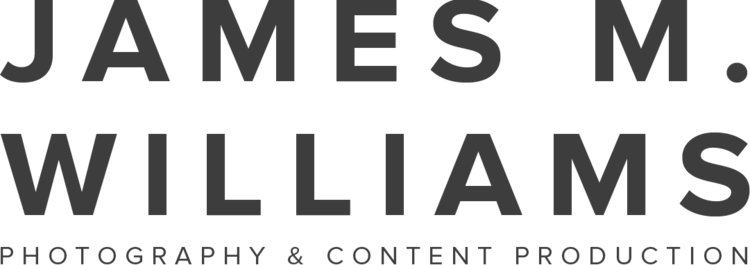We don't offer any hire equipment that we wouldn't use ourselves. That's why I'm pleased to say we have now added the Canon EOS R6 to our growing kit list of gear available for hire on location and in our studios. The R6 will also be my backup body to my R5 when I'm shooting. However, it'll also be my main body too. What do I mean by that? Well, the R6 is an interesting camera you see.
While it is an excellent backup to the R5, it's also a fantastic camera in it's own right. The R5 is a high resolution powerhouse, there is no denying that. But there is no perfect camera. With the R6 being lower resolution (21.4mp), the pixel pitch on it's sensor is 6.58 microns compared to 4.39 microns of the R5. So what? Okay, this is really nerdy stuff, but it means it's a different tool for the job. Being honest, 20 or so megapixels is actually more than enough for most use cases, 45mp just gives you more options in post. However, what bigger pixels (as opposed to higher pixel count) gives you is better low light and better high ISO performance.
More light reaches each pixel when there are fewer and bigger pixels. Being 21mp means the R6 has an excellent balance between resolution and the size of each individual pixel. So, when you don't need huge 45mp images, the R6 might be the way to go! Another plus of having a lower resolution sensor is 4K video, if you're not using the R5 HQ mode (which introduces heat issues) then the R6 has shaper, more detailed 4K video due to it down sampling it's 5.1K sensor to 4K, whereas the R5 needs to pixel-bin its 8k sensor to 4K.
Having said that, if you need sheer resolution and Cinema Raw features or 4K 120p, you can't beat the R5. But the R6 remains an excellent tool for many applications and a perfect backup to the R5 if you need that high resolution output. Its important to consider more than just sheer numbers when it comes to picking the right kit for your project, a higher number is not always better, there is a lot to take into account and there is never just one perfect camera for every job.
It’s worth noting too that the R6 is great for smaller budgets, but yet still being able to deliver outstanding results. This also most seem silly (and personal preference), but I also absolutely love the more old-school dial on the top to switch between modes, I’ve always found switching between video and photo modes on the R5 a bit clumsy, whereas the R6 is a simple turn of it’s tactile dial. Another minor note is it’s weight, it’s ever so slightly lighter. To be honest though, I’d, be impressed if anybody can really tell the difference once it’s loaded with a battery, card and lens.
What I am extremely grateful for though, is the button layout and ergonomics are almost identical to the R5. With the exception of the mode dial, as mentioned above, pretty much all of the other controls are as you would expect on an R5, which makes switching between the two cameras a very natural experience (if you’re used-to and comfortable with the Canon R5 that is). Personally, I’ve always considered Canon to be way out in front when it comes to ergonomics, ease of use and layout and both these cameras are no exception.
If you're confused what camera might be the right tool for the job, please get in touch before hiring and we can make recommendations based on your requirements.





